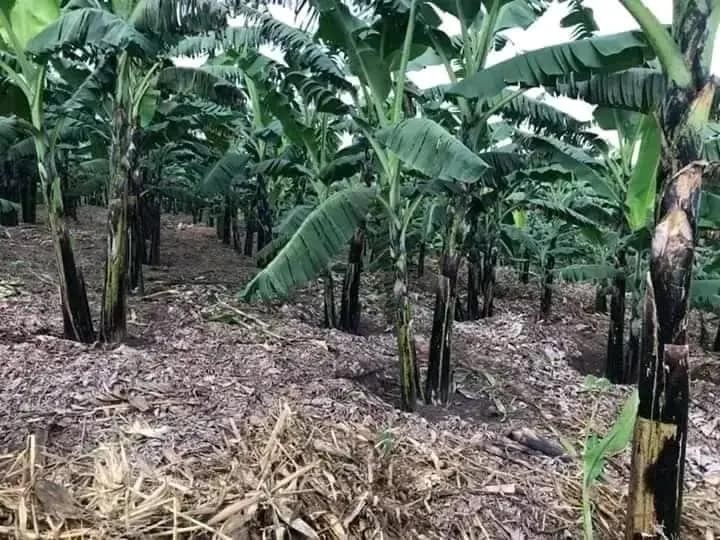Starting a banana farm in Kenya can be a rewarding endeavor given the favorable tropical climate and growing market demand for bananas both locally and internationally. Here are some steps and considerations to keep in mind when starting your banana farm:
1. **Research and Planning*
- **Market Analysis* Understand the local and export markets for bananas. Identify potential buyers, such as local markets, supermarkets, and export agents.
- **Feasibility Study* Assess the viability of the banana farming business in your chosen location, considering factors like climate, soil type, and water availability.
2. **Location Selection*
- **Climate* Bananas grow best in warm, tropical climates. Kenya’s coastal and western regions, like Kisii and Meru, are particularly suitable.
- **Soil Type* Ensure the soil is fertile and well-drained. Bananas thrive in loamy soils rich in organic matter.
- **Accessibility* Choose a location that is accessible for transport of goods to market and receipt of farm supplies.
3. **Land Preparation and Planting*
- **Clearing the Land* Remove any existing vegetation and level the land if necessary.
- **Soil Preparation* Test the soil and amend it with organic matter and necessary nutrients. Ensure proper drainage to avoid waterlogging.
- **Planting Material* Use high-quality, disease-free planting material. Tissue culture banana seedlings are recommended for their high yield potential and disease resistance.
4. **Cultivation Practices*
- **Spacing* Proper spacing is essential for optimal growth. A common spacing is about 2.5 to 3 meters between plants.
- **Irrigation* Bananas require a lot of water. Implement an efficient irrigation system like drip irrigation to ensure consistent moisture.
- **Weed and Pest Control* Implement an integrated pest management system to handle pests and diseases. Regularly remove weeds to reduce competition for nutrients.
5. **Fertilization*
- **Nutrient Requirements* Bananas are heavy feeders. Regularly apply well-balanced fertilizers based on soil test results.
- **Organic Options* Consider using organic manure to maintain soil health and structure.
6. **Harvesting*
- **Timing* Bananas are usually ready for harvesting 8 to 12 months after planting. Harvesting is typically done when the fruits are fully developed but still green.
- **Techniques* Use sharp tools to cut the banana bunches to avoid damaging the plant.
7. **Marketing and Sales*
- **Local Markets* Establish relationships with local market vendors and grocery stores.
- **Export* If targeting export markets, comply with international standards and regulations, and build relationships with export agents.
- **Value Addition* Consider processing bananas into products like banana chips or flour to increase profitability.
8. **Financial Management*
- **Budgeting* Prepare detailed budgets for initial investments and ongoing operational costs.
- **Funding* Explore options for funding such as loans, grants, or investment from partners. Government agricultural loans in Kenya can be a viable option.
9. **Legal and Regulatory Compliance*
- **Licenses and Permits* Obtain necessary agricultural and business licenses from local government bodies.
- **Land Ownership* Ensure proper legal documentation for land ownership or lease agreements.
10. **Join Farmer Groups*
- Engage with local farmer groups or cooperatives to benefit from shared resources, training, and collective bargaining power.
Starting a banana farm requires careful planning and execution, but with the right strategies and dedication, it can be a successful agricultural venture in Kenya.






